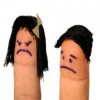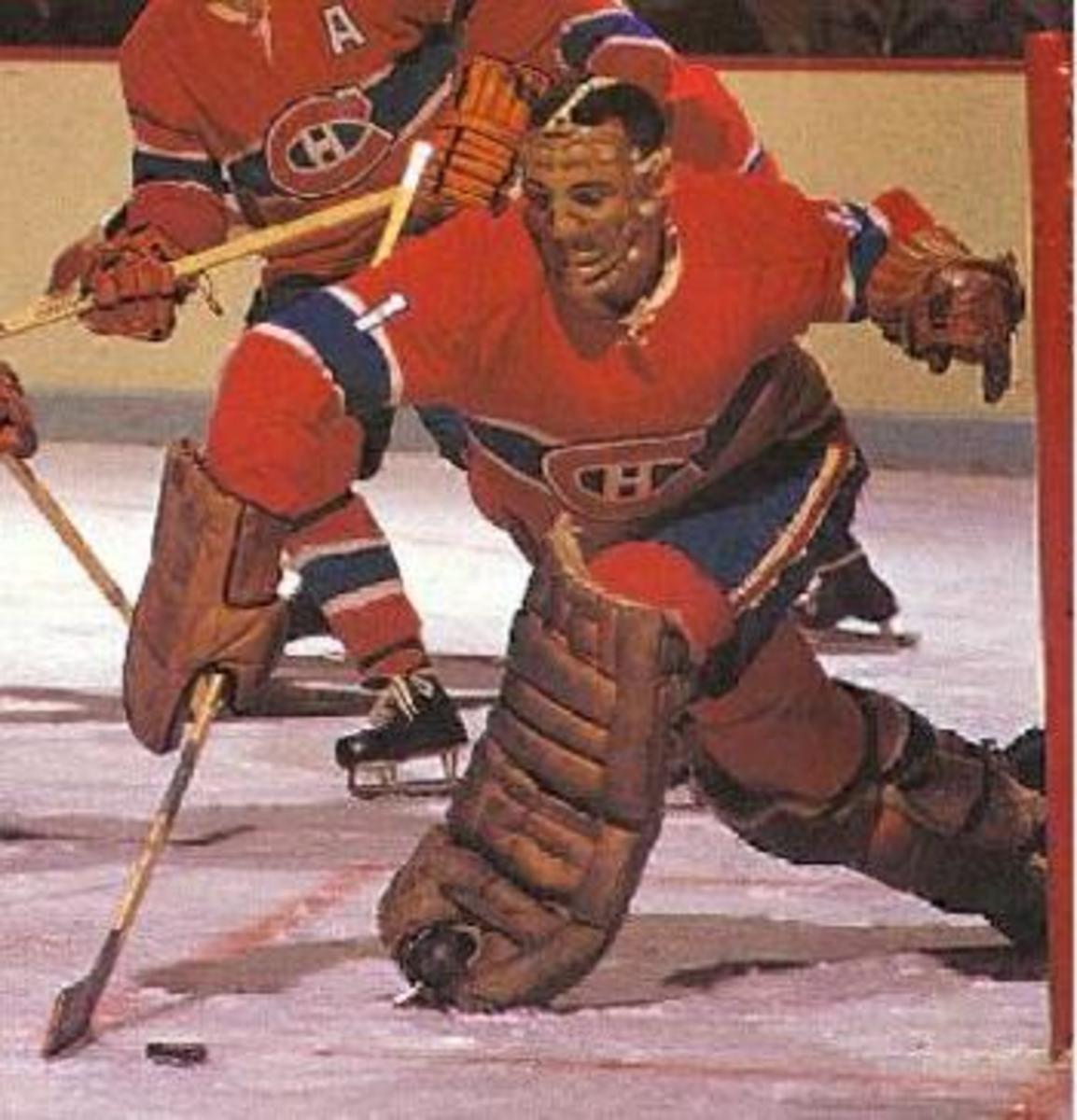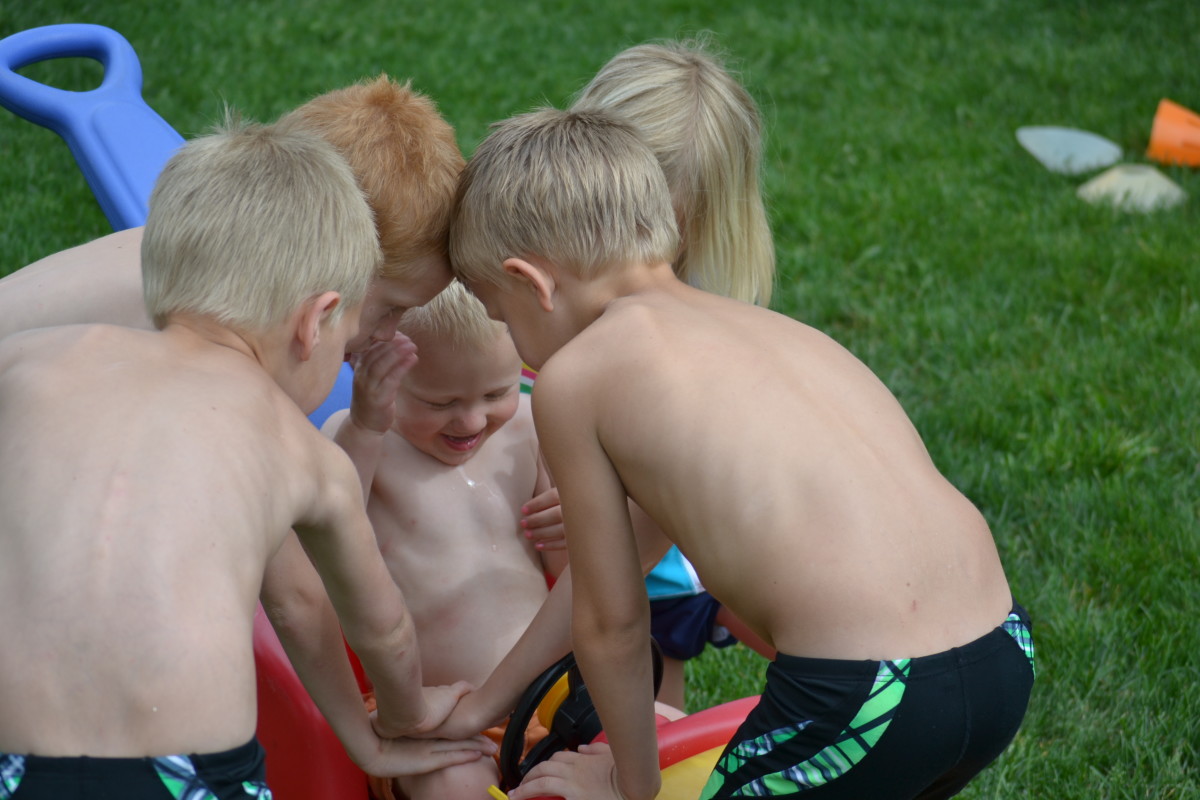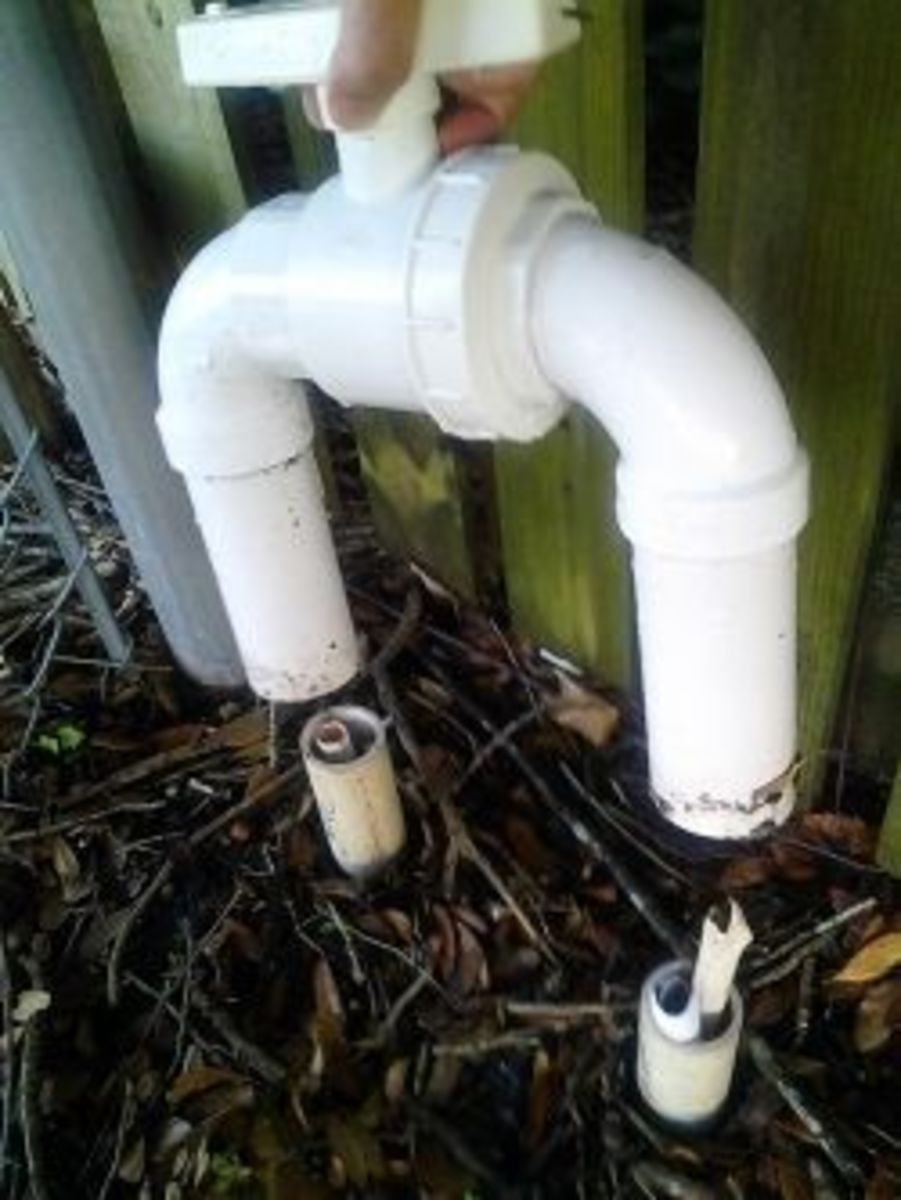How is Croquet Played?
Croquet is an outdoor game for two to eight players, in which a ball is propelled with a mallet through a series of wickets (called hoops in the English game) on a lawn or hard-surface court. The object is to be the first to complete the tour of the wickets. The game probably originated in France, became popular in England and Ireland during the 19th century, and made its way to the United States about 1870. It was first played by society groups and was one of the first games in which men and women competed on an even basis. The three leading modern versions are American lawn croquet, English croquet, and roque (the word croquet minus c and t).
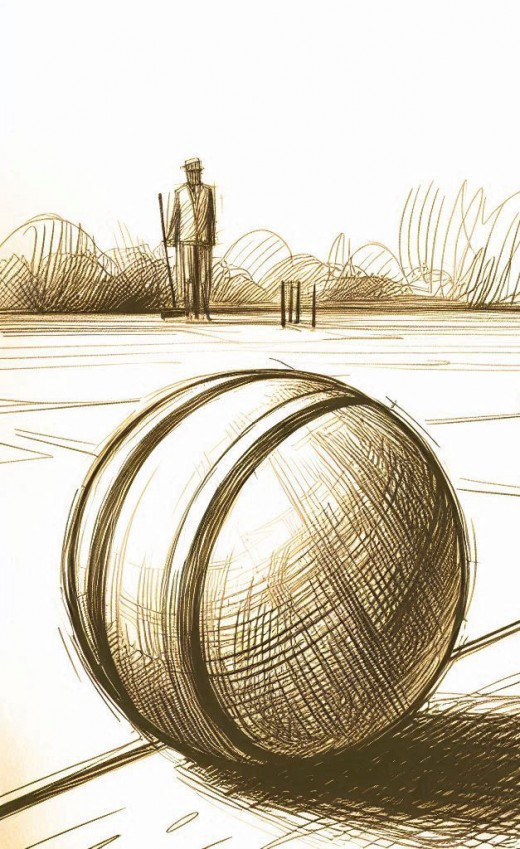
Croquet Equipment
Most croquet balls are of wood, but better balls are of hard rubber or plastic. The diameter of the ball is 3 5/8 inches and weighs 16 ounces.
The mallet head may be of wood or other material. For American and English croquet, both ends of the head are the same; for roque, one end is rubber and the other aluminum or plastic. Handles vary from the usual 15-inch shaft for roque to as much as 39 inches for other versions. Colored stripes identify the equipment.
The stiff steel wire wickets stand about 8 inches above the ground.
American Lawn Croquet
In the American game the layout of the court is fitted to the area available, and a typical one is shown above. To begin, players lag a ball toward a stake, and the one closest to the stake has the choice of equipment and turn. (In choosing to play last, a player has more balls to play on.) The turn to play alternates, with one shot as fundamental, and the ball must be hit cleanly, not pushed. A player gets another shot if he scores (goes through a wicket or hits a stake), and if he makes the first two tickets in one shot he gets two more strokes. Strokes do not accumulate in other scoring. If he hits (roquets') another player's ball legally he has several choices. He may (1) place his ball against the other, put his foot on his own ball to hold it, and drive the other ball away (this is called taking croquet); or (2) make a split shot by placing his ball against the other and driving both balls as desired. In either case he then has another stroke. Or he may (3) place his ball a mallet's head from the other ball and take two strokes. Once a player roquets a ball, he is dead on that particular ball (that is, he cannot hit it again) until he makes another wicket or hits a stake. Partners may roquet on each other's ball, drive them through wickets, or hit a stake with them. When a player fails to hit another (live) ball or score a point, he must relinquish his turn. The last wicket and home stake must not be made on the same stroke. After going through the last wicket the player becomes a rover and may assist his partner and try to keep the opponent from getting to home stake. No ball is dead to a rover at the start of each turn.
English Croquet
Two or four may play this game, each side using two balls and playing alternately. With two on a side, each player keeps his own ball; but on an ordinary shot a side may play with either ball, except that the same ball cannot be used twice until all balls are put in play. Each side lags a ball toward the yard line, and the closest wins the turn to play and choice of balls. When all four balls are in play, the rules follow, in general, the American game. There are differences, however. Only one extra shot is allowed for any scoring; and on hitting another ball a split shot must be taken first, after which the extra stroke may be taken. If the ball leaves the court within the comer square it must be replaced on the corner spot. In taking croquet, if either ball goes out of bounds, it is replaced on the yard line opposite the point where it went over the boundary line; if either ball is driven over the boundary or if the player fails to move both balls, the turn ends.
Roque
This highly organized and scientific form of croquet is played on an octagon-shaped clay and sand court bounded by a low concrete or wood wall, as illustrated above. In roque the side wickets are made in the direction toward the center wickets. The two center wickets, which are 18 inches apart, count only one point; they may be made in one or more turns. Two or four may play, but each side always has two balls. The winning side is the one first scoring 32 points, but both partners, that is, both balls, must become rovers and go out hitting the final stake on the same turn. Because of the smoothness of the court the balls move faster than on grass, and a delicate touch is needed.
Players lag a ball toward the end of the court for choice of balls and turn. At the start all four balls are in play. The first player may make any legal stroke but usually tries to hit his partner's ball or an adverse ball for an extra shot. The other balls follow in turn, but all four must play in order at all times, the usual order being red, white, blue, and black. Carom shots off the wall are permitted.
In general, play is much like English croquet. A turn to play is terminated by hitting a dead ball, but this does not apply if the dead ball is hit on a split shot, in which case the hit is ignored. Scoring a point or more on one shot gives the player only one more stroke; and when a live ball is hit, the player must take croquet and then take his extra stroke. If a live ball is hit after the player has gone through one center arch and before making the other, he must take croquet from the live ball.
Games are often designated to end after a certain interval of time (such as two hours) or after a predetermined number of innings (turns) for each side. In either case the side ahead at the end of play is the winner, although of course one side may win earlier by scoring 32 points.
Good Play
Practice is essential for a player to become a good shot. Then success depends on how he handles split shots. He may try to drive his own ball into position to make the next wicket while driving the other ball to the far side of the wicket on the same shot. Then the player goes through the wicket on his extra shot and hits the other ball again on the extra shot he gets for scoring a point. Then another split shot may drive the balls so he can repeat the process. In this way a good player may carry the other ball for several wickets and even all around the course.
This content is accurate and true to the best of the author’s knowledge and is not meant to substitute for formal and individualized advice from a qualified professional.
© 2010 Bits-n-Pieces
